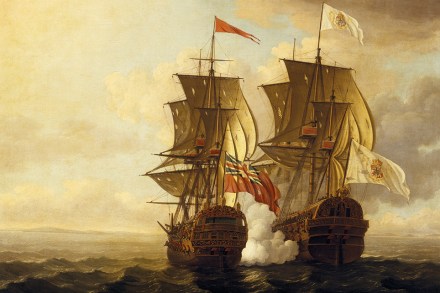Triumph and disaster in the War of Jenkins’ Ear
It all began in 1731 when Robert Jenkins, the captain of the Rebecca, had his ear sliced off by Juan de León Fandiño of the Spanish patrol boat La Isabela. Storming the British brig in the Caribbean, Fandiño accused Jenkins of smuggling sugar from Spanish colonies. He would cut King George’s ear off too, Fandiño threatened, were he to be caught stealing from Spain. Testifying before parliament in 1738, Jenkins produced the severed ear (pickled in a jar), which is why the nine years of fighting that followed became known as the War of Jenkins’ Ear. In retaliation, the British sent a squadron of five men-of-war and a scouting sloop


